Table of Contents
A trip to Japan would not be complete without a little Japanese sake tasting!
What is Japanese sake?
Ask this question in Japan versus the rest of the world, and you’ll get two different answers.
In English, “sake” refers to the alcoholic fermented rice beverage from Japan. But ask for “sake” in Japan and you may be met with a questioning look. Because in Japanese, “sake” refers to all alcoholic drinks in general. In Japanese, the word for what we refer to as sake is nihonshu. Nihonshu translates as “Japanese alcohol,” and if you ask for nihonshu at an izakaya you will be greeted with a smile.
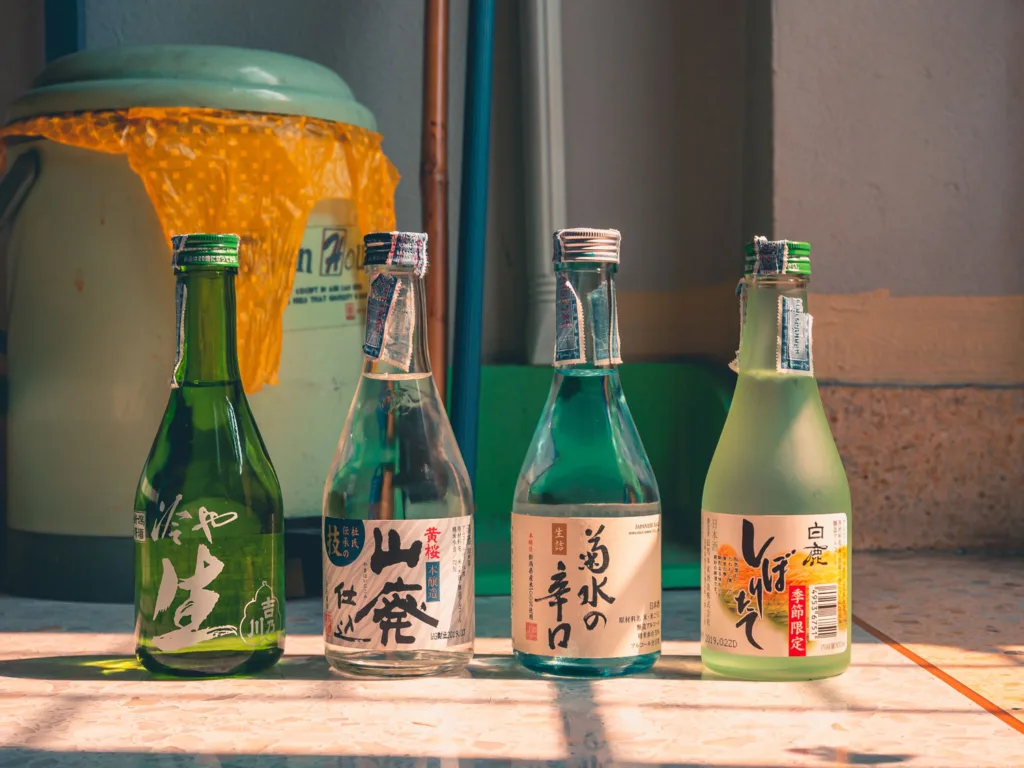
Types of Japanese Sake
One of the best things about sake is that there are so many different types and variations. But, unless you are an avid sake drinker, it can be hard to know where to begin. You can classify sake by factors including the type of rice used. Also where it was produced, the degree to which the rice has been polished, brewing processes, how it was filtered, and more. Sake pairs well with almost any kind of food but complements the delicate flavors of traditional Japanese meals particularly well.
Here is a handy list of the main types and classifications of sake you will encounter. If you learn just some or all of these, you will know more about sake than 99% of the travelers who visit Japan!
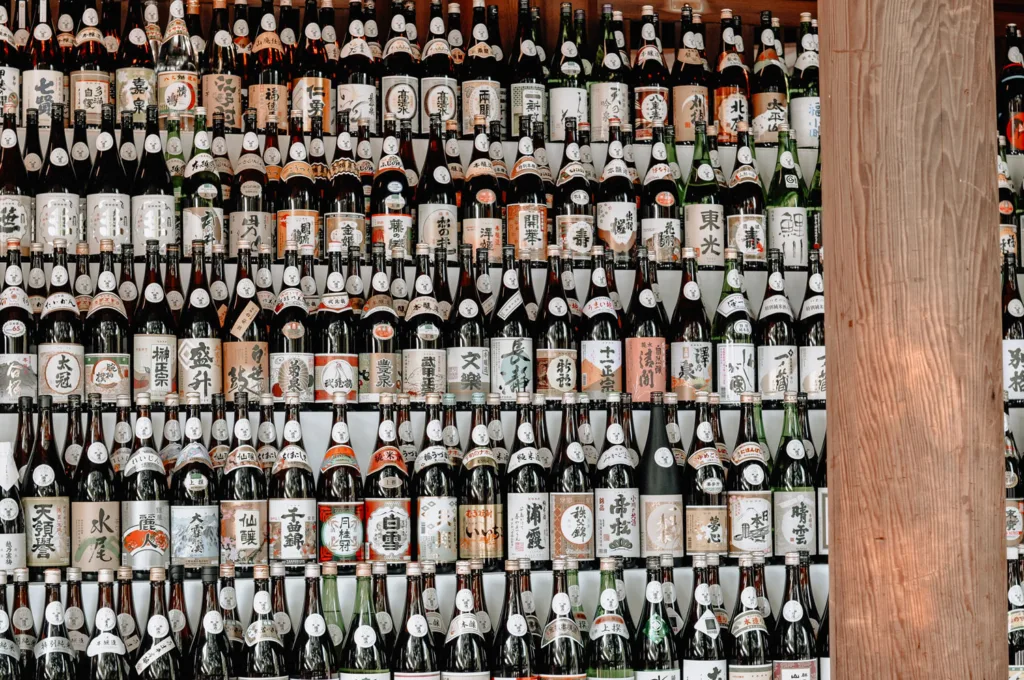
Junmai
Unlike other types of sake, no additional alcohol is added during production. Junmai has a rich and full-bodied flavor, with slightly higher acidity and earthy aroma compared to other types of sake. Usually, they will serve you junmai at room temperature or slightly chilled. It pairs well with a variety of Japanese dishes, including grilled meats, seafood, and sushi. Junmai is a popular choice for those who want to experience the traditional and authentic taste of Japanese sake.
Honjozo
Honjozo also has a faint aroma of rice and a clean finish. It makes it a versatile choice for pairing with a wide range of dishes, such as tempura and grilled vegetables. Often they will serve honjozo chilled or at room temperature. And is a popular choice for those who enjoy a crisp and refreshing sake with a clean finish.
Ginjo & Junmai Ginjo
Ginjo is a premium type of Japanese sake that is brewed using highly polished rice. It results in a delicate and fruity flavor profile. Ginjo is characterized by its fruity aroma, with hints of pear, melon, and apple, and a light and refreshing taste. Junmai Ginjo, on the other hand, is made purely from rice, water, yeast, and koji, with no additional alcohol added. This type of sake has a similar flavor profile to Ginjo. But with a slightly more full-bodied taste and a higher acidity level. Both Ginjo and Junmai Ginjo are typically served chilled. They are often paired with lighter dishes such as sashimi, salads, and steamed seafood.
Daiginjo & Junmai daiginjo
Daiginjo is the highest grade of Japanese sake. This results in an extremely refined and complex flavor profile, with fruity, floral, and sometimes even spicy notes. Daiginjo has a light, smooth, and crisp taste, with a very clean finish. Junmai Daiginjo is a variation that is made purely from rice, water, yeast, and koji, with no additional alcohol added. It has a similar flavor profile to Daiginjo. But with a slightly richer and more complex taste, due to the use of pure rice. Both Daiginjo and Junmai Daiginjo are considered to be the most elegant and refined types of sake. They are often paired with high-end Japanese cuisine such as sushi, sashimi, and kaiseki. They are typically served chilled and in small quantities, to fully appreciate their delicate flavor and aroma.
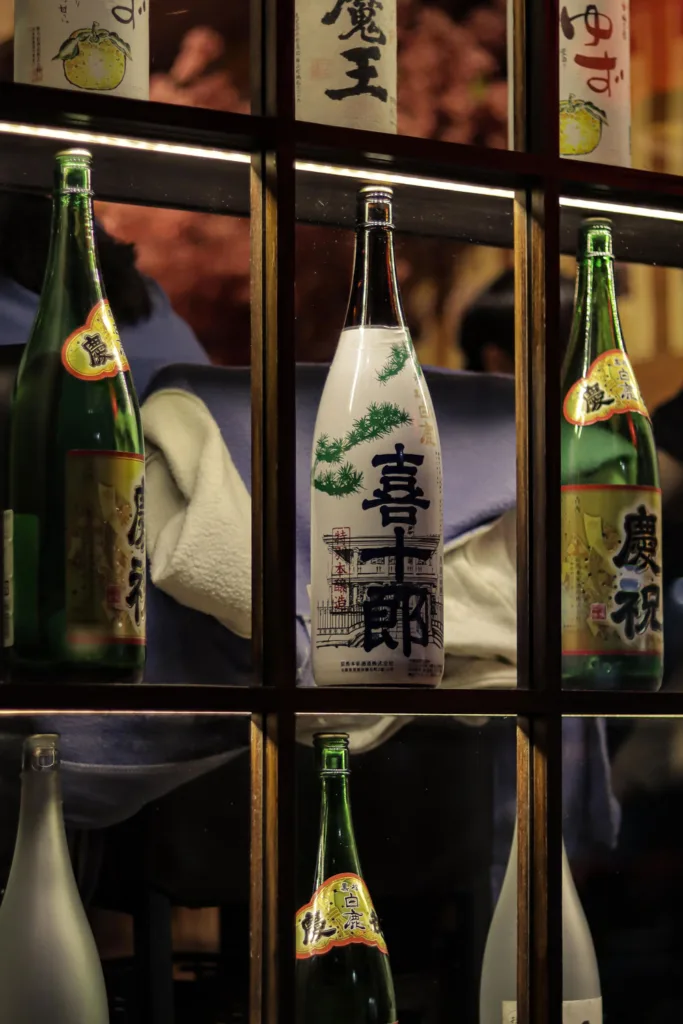
Futsushu
Futsushu is the most common and affordable type of Japanese sake. It has more robust and hearty flavor profile, with a somewhat sweet taste and a mellow finish. They will serve you futsushu at room temperature or slightly chilled. It is often used in cooking, such as in marinades or sauces for meat or fish. Due to its affordability and versatility, Futsushu is a popular choice for casual drinking.
Shiboritate
Shiboritate is a type of Japanese sake that is bottled immediately after pressing, without undergoing the traditional aging process. This results in a fresh and vibrant flavor, with a slightly fizzy texture. Shiboritate has lively and fruity aroma, with a slightly sweet and refreshing taste. They will serve you shiboritate chilled and in small glasses, to fully appreciate its delicate and lively taste. Shiboritate is a seasonal sake, usually available in the early spring when the rice harvest is at its freshest. Due to its limited availability and unique taste, Shiboritate is a popular choice among sake enthusiasts. And is often sought after by those looking for a rare and special sake experience.
Nama-Zake
Nama-zake is a type of Japanese sake that is unpasteurized. It means it has not been heated or treated in any way after fermentation. This results in a fresh and lively taste, with a delicate and aromatic flavor profile. Nama-zake has its fruity and floral aroma, with a slightly sweet and tangy taste. It is often served chilled and in small glasses, to fully appreciate its lively and delicate taste. Due to its unpasteurized nature, Nama-zake has a shorter shelf life than other types of sake. It must be consumed quickly after production. It is a popular choice among sake enthusiasts, who appreciate its unique and fresh taste.
Nigori
Nigori is a type of Japanese sake that is unfiltered, giving it a cloudy or milky appearance. It is made using the same ingredients as other types of sake. But the rice is only partially polished, resulting in a more robust and full-bodied flavor profile. Nigori has creamy and rich texture, with a slightly sweet and nutty taste. It is often served chilled and well-shaken, to fully incorporate the sediment and create a smooth and creamy texture. Due to its unfiltered nature, Nigori can be quite filling and is often considered a dessert sake, which pairs with sweet dishes such as mochi or fruit. It is a popular choice among those who enjoy a richer and more complex sake experience.
Jizake
Jizake is a term used to describe locally brewed Japanese sake that’s made by small, independent breweries. It’s has unique and artisanal qualities, with each brewery having its own distinct flavor profile that’s influenced by the local climate, water source, and brewing techniques. One of the great things about jizake is that it’s often produced in small batches, with a focus on quality rather than quantity. This means that each bottle of jizake is a labor of love and a testament to the skill and dedication of the brewery. If you’re a sake enthusiast or just someone who loves exploring different flavors and taste sensations, jizake is definitely worth trying. You might be surprised by the depth and complexity of flavor that you can find in a local sake. And you’ll be supporting small businesses and independent producers at the same time.
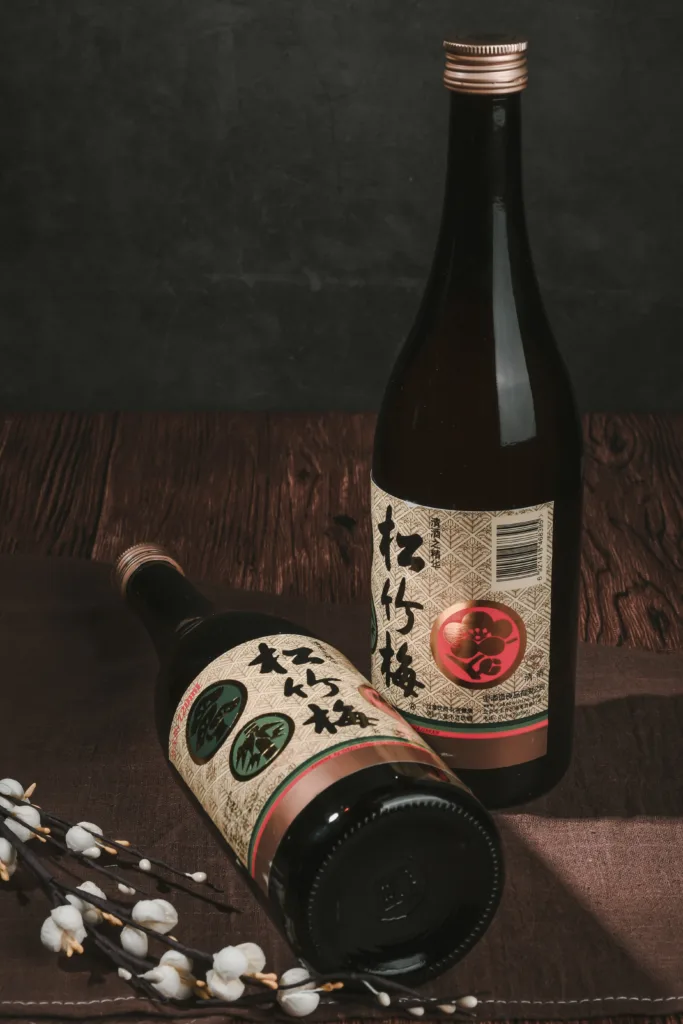
How to drink Japanese Sake
To chill or not to chill Japanese Sake
Every sake is different, and sake connoisseurs will tell you to experiment yourself. Some sakes are at their best cold, while others taste perfect when warmed. Our philosophy is: do what tastes best to you. It’s no fun if you’re worried about whether what you’re doing is right or wrong.
That being said, here are some general guidelines to help you in cooling or warming your sake:
- Ask the shop or restaurant staff for their recommendation: they will know whether it is best cold, warm – or either way.
- Avoid extremes: whether chilling or warming, be careful not to overdo it. Overheating and over-chilling can disrupt a sake’s particular flavors and aromas.
- Don’t heat the sake directly, but heat it very gradually.
- At the risk of over-generalizing, many sake experts say that ginjo and daiginjo sakes are usually best not warmed (since being served chilled enhances their flavors and aromas), while many junmai and honjozo sakes do well either way (since warming these types of sakes tends to draw out their complex flavors and smooth them out a bit).
Many sakes taste great at different temperatures. Different temperatures draw out different characteristics – which makes it very worthwhile to experiment for yourself!
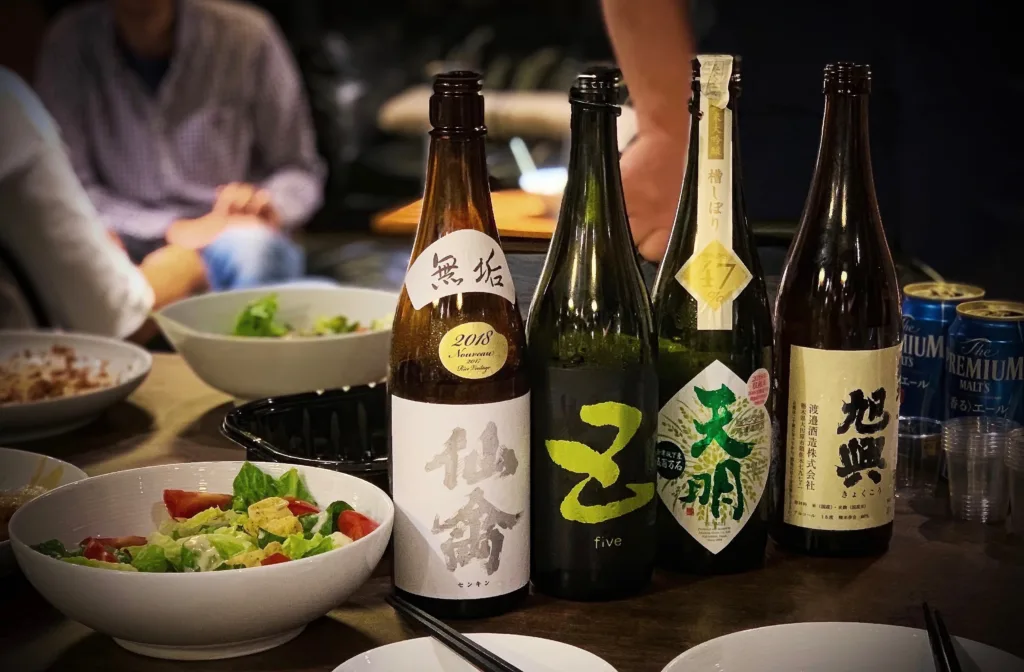
What is the right glass for Japanese sake
With premium sakes, many connoisseurs recommend drinking sake out of a glass. This is so because it tends to avoid getting in the way of the complex and often subtle flavors and aromas.
But it’s also fun to drink sake out of an ochoko or masu. Enjoying the sake receptacle itself can greatly enhance the experience!
If you do have a more delicate palate and can appreciate sake’s profound characteristics, then it will be worthwhile to invest in good sake-drinking glasses.
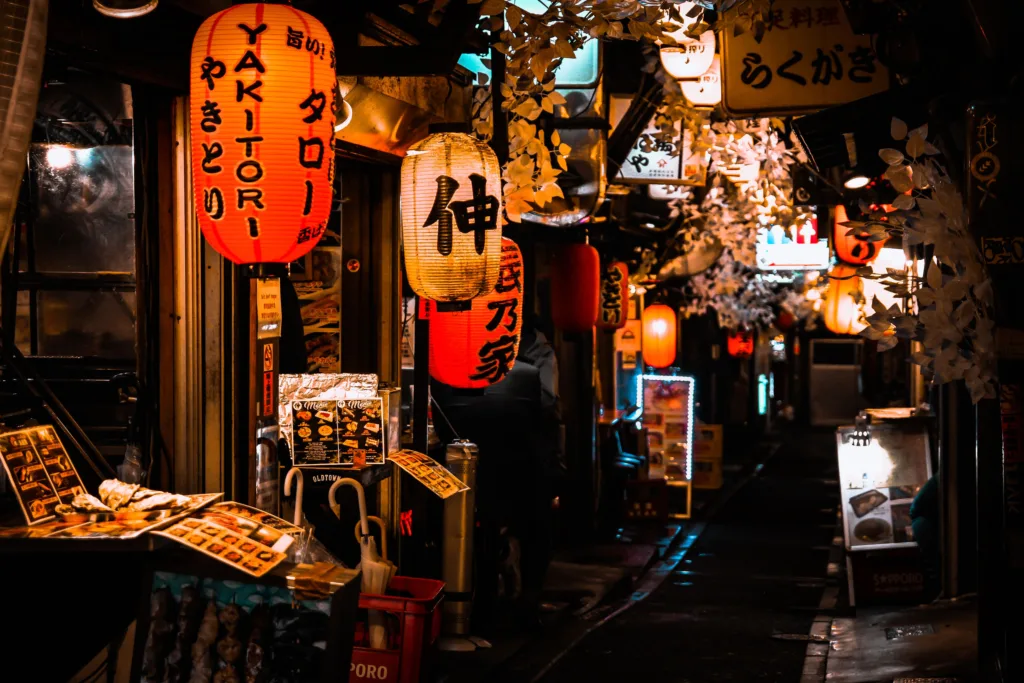
Where to Enjoy Sake in Japan
Famous Japanese sake breweries
There are many famous sake breweries in Japan, each with its own unique history, traditions, and brewing techniques. One of the most well-known is the Dassai brewery, located in the Yamaguchi prefecture, which is renowned for its high-end Daiginjo sake made using a special polishing process. Another famous brewery is the Gekkeikan Brewery in Kyoto, which has been in operation since the 17th century and is known for its traditional brewing methods and commitment to quality. The Hakutsuru brewery in Kobe is also a popular choice, producing a range of different sake types using locally sourced rice and water. Other notable breweries include the Hakkaisan Brewery in Niigata, the Nanbu Bijin Brewery in Iwate, and the Ozeki Brewery in Hyogo. Many of these breweries offer tours and tastings, allowing visitors to learn more about the history and production of sake and to sample some of their famous varieties.
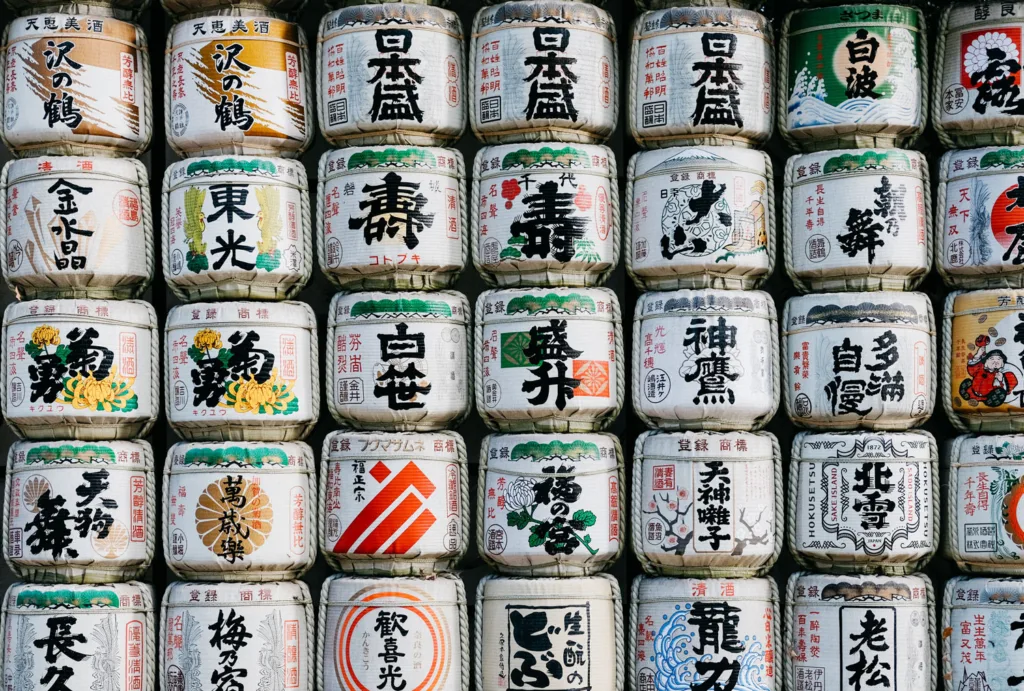
Sake bars and izakayas
Japan is home to many excellent sake bars and izakayas, where you can experience the best of traditional Japanese cuisine and culture. One popular destination is the Kurand Sake Market in Tokyo, which offers a self-service system where you can sample a variety of sake from across Japan. Another great option is the Tachinomi Kanpai in Kyoto, which is known for its standing bar atmosphere and extensive selection of local sake and snacks. Other notable sake bars and izakayas in Japan include:
- Hasegawa Saketen in Niigata
- Sake Stand Moto in Tokyo
- Sake Bar Yoramu in Osaka
- Imoya Kinshicho in Tokyo
- Sasagin in Fukuoka
- Genka Bar in Kyoto
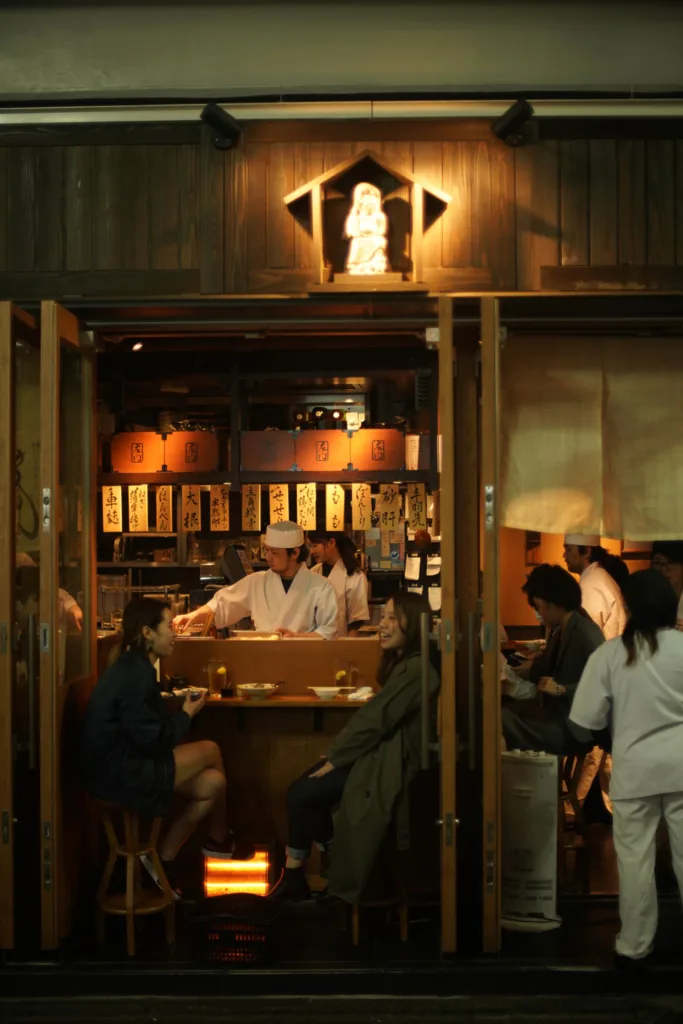
From Novice to Enthusiast: Embracing the World of Sake
Sake is not just a drink, it is a cultural icon that has played an important role in Japanese history. It is a beverage that is steeped in symbolism and meaning, with a complex brewing process that has been perfected over time. Sake has evolved to become an integral part of Japanese culture. It is often enjoyed at social gatherings, ceremonies, and religious events.
One way to continue your sake journey is to try different types of sake from various regions of Japan. Each region has its unique brewing methods and local ingredients. Visiting a sake brewery or attending a sake-tasting event can also be an excellent way to learn more about sake.
The Prettiest Sake Sets
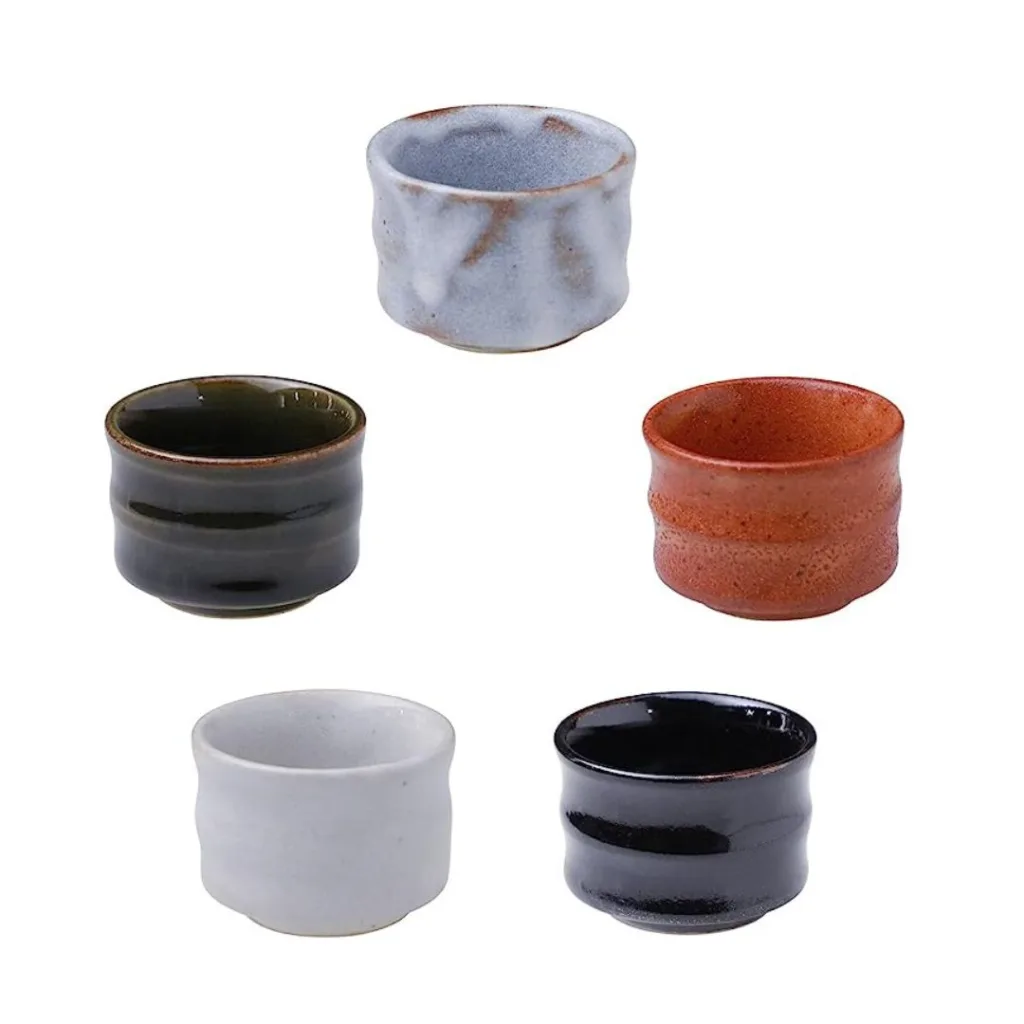
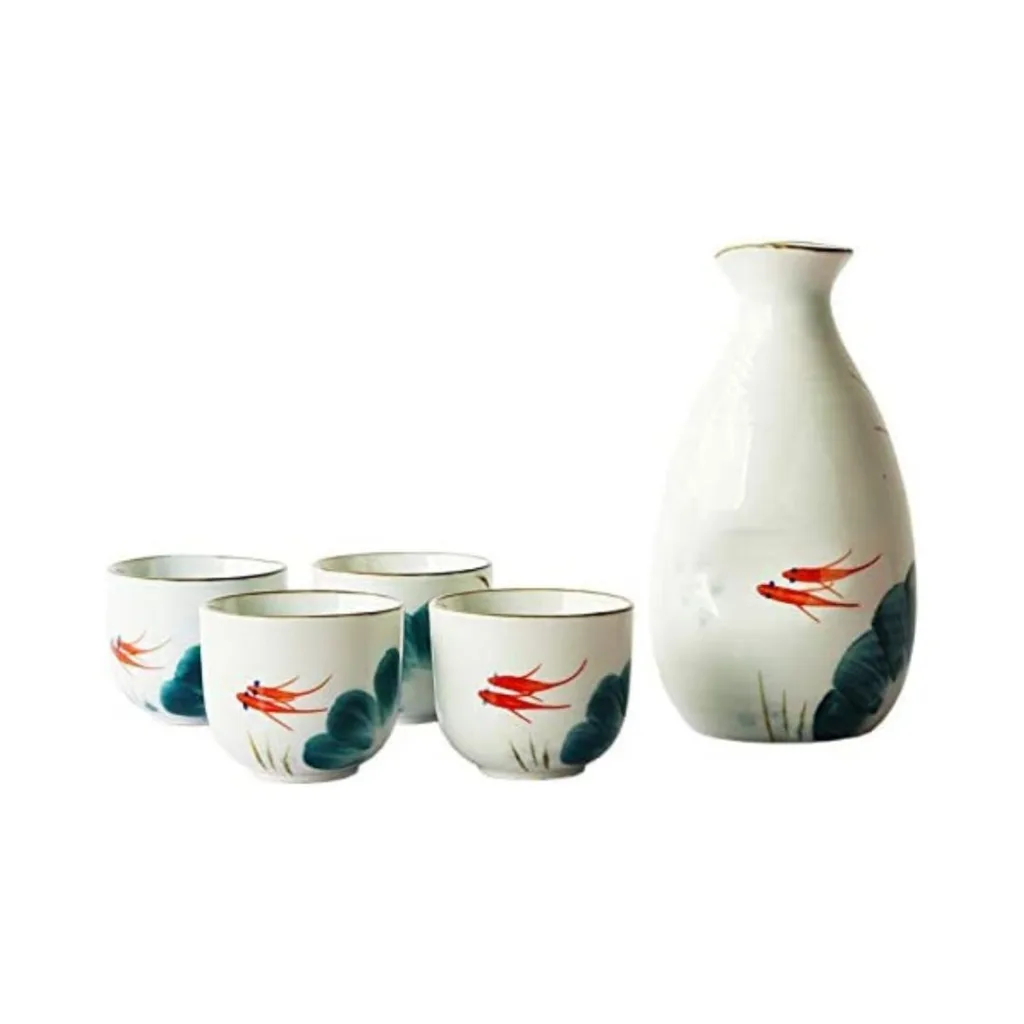
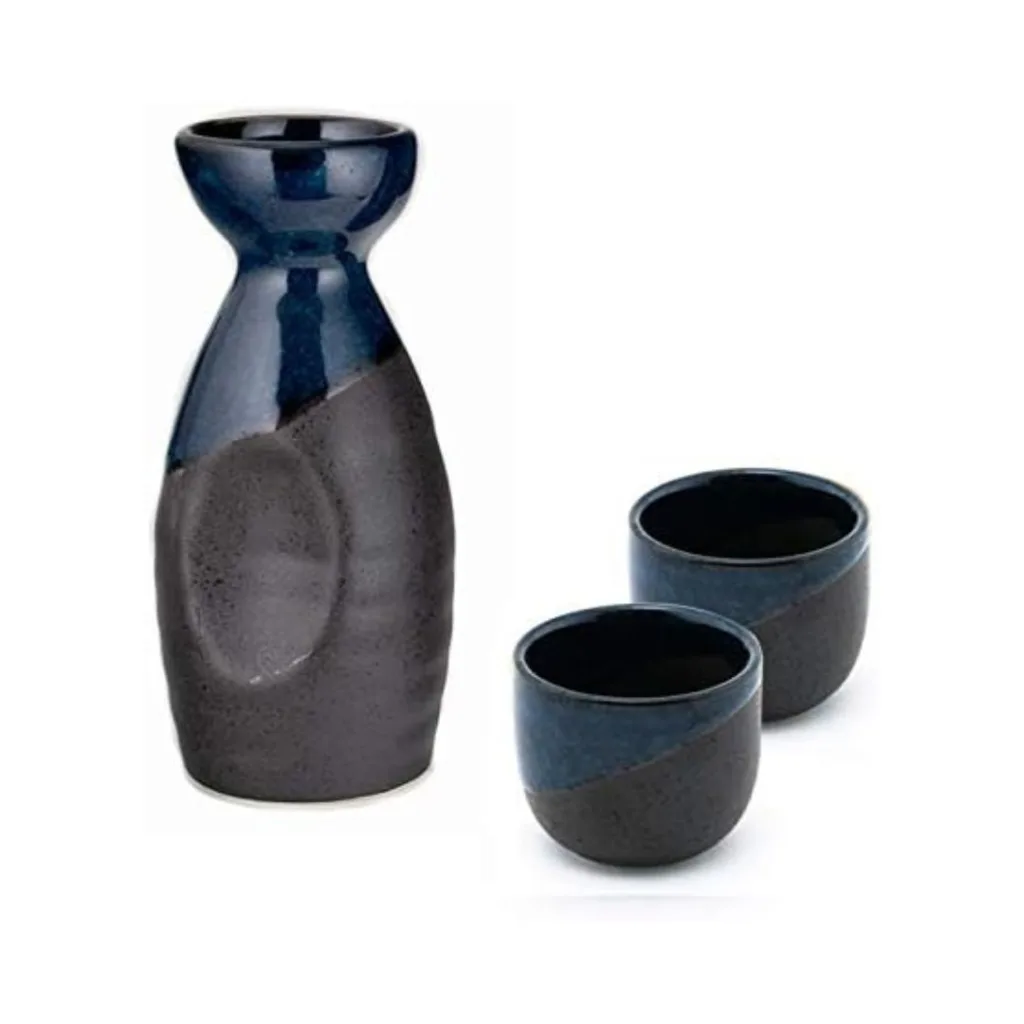
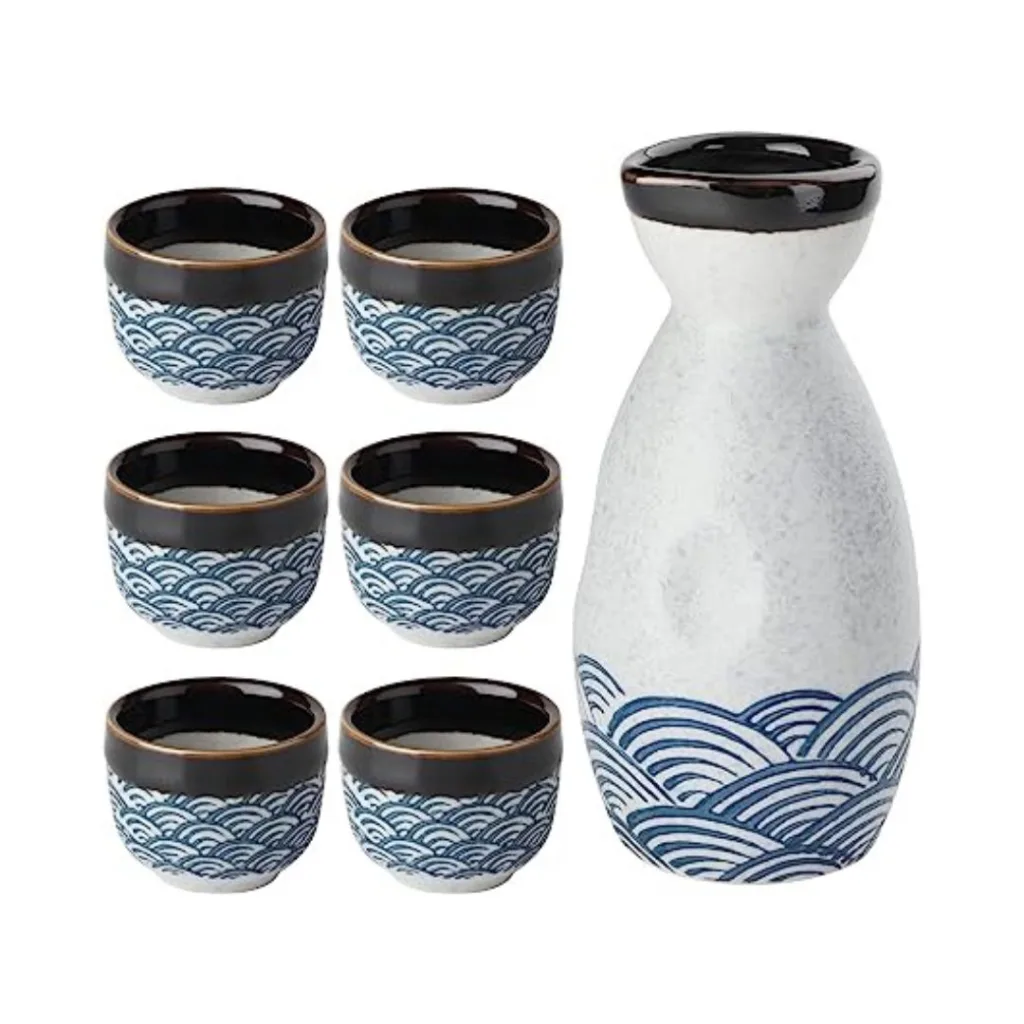
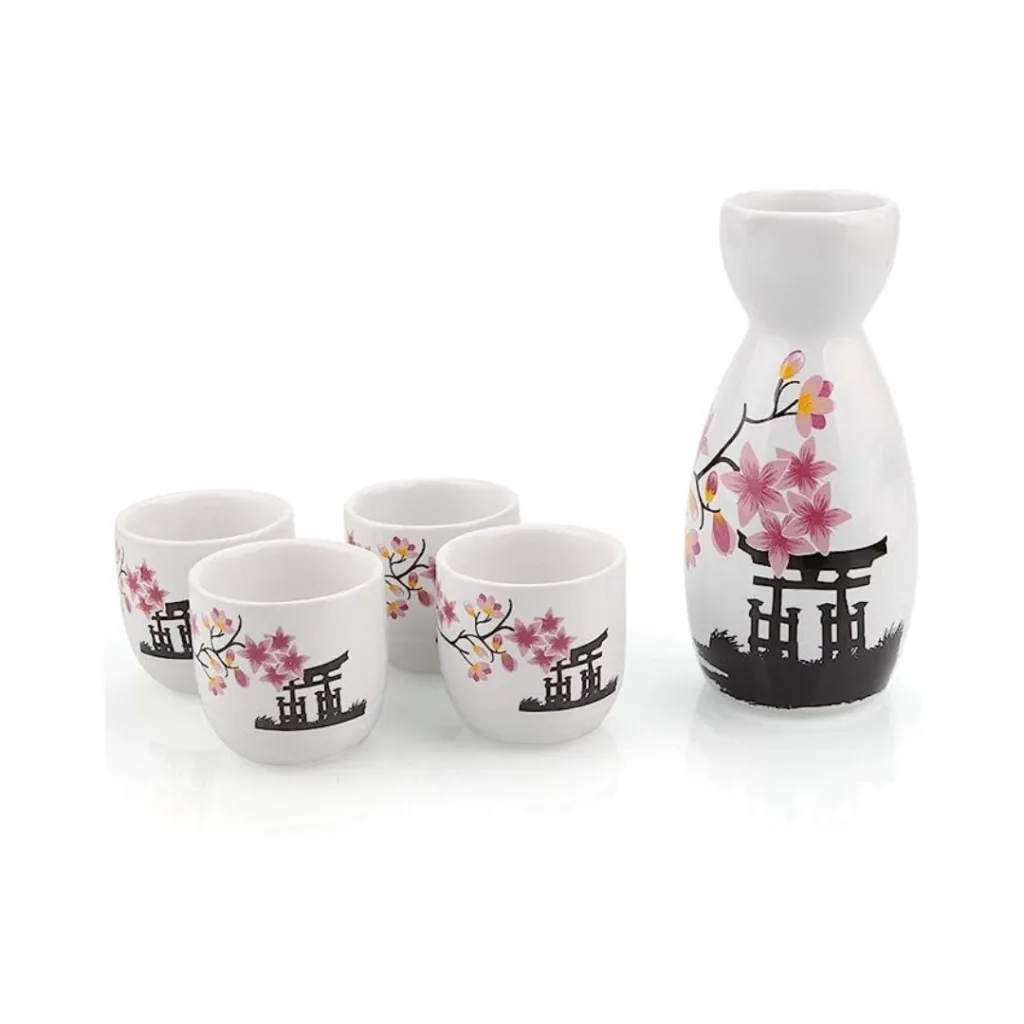
Plan your trip today and immerse yourself in the world of sake
If you’re a sake enthusiast and want to experience the full breadth of what Japan has to offer, why not plan a trip to Japan and explore the world of sake firsthand? From visiting famous sake breweries to trying local jizake in cozy izakayas, there’s a whole world of sake culture waiting to be discovered in Japan. So start planning your trip today and get ready to immerse yourself in the rich history and traditions of Japanese sake.
